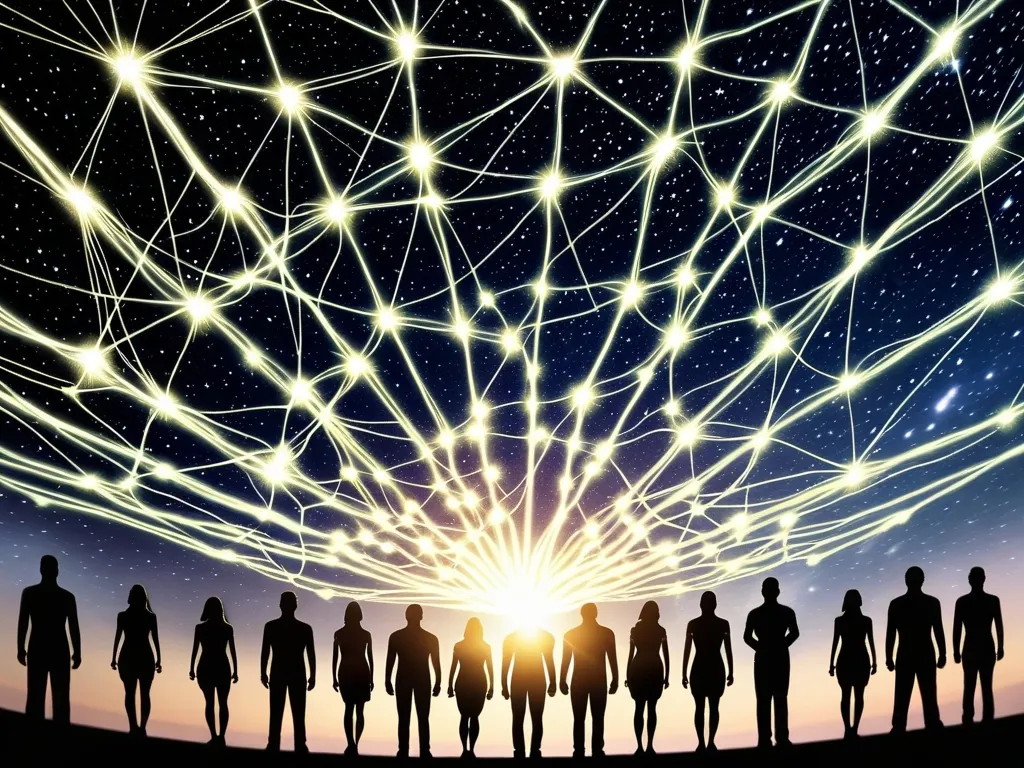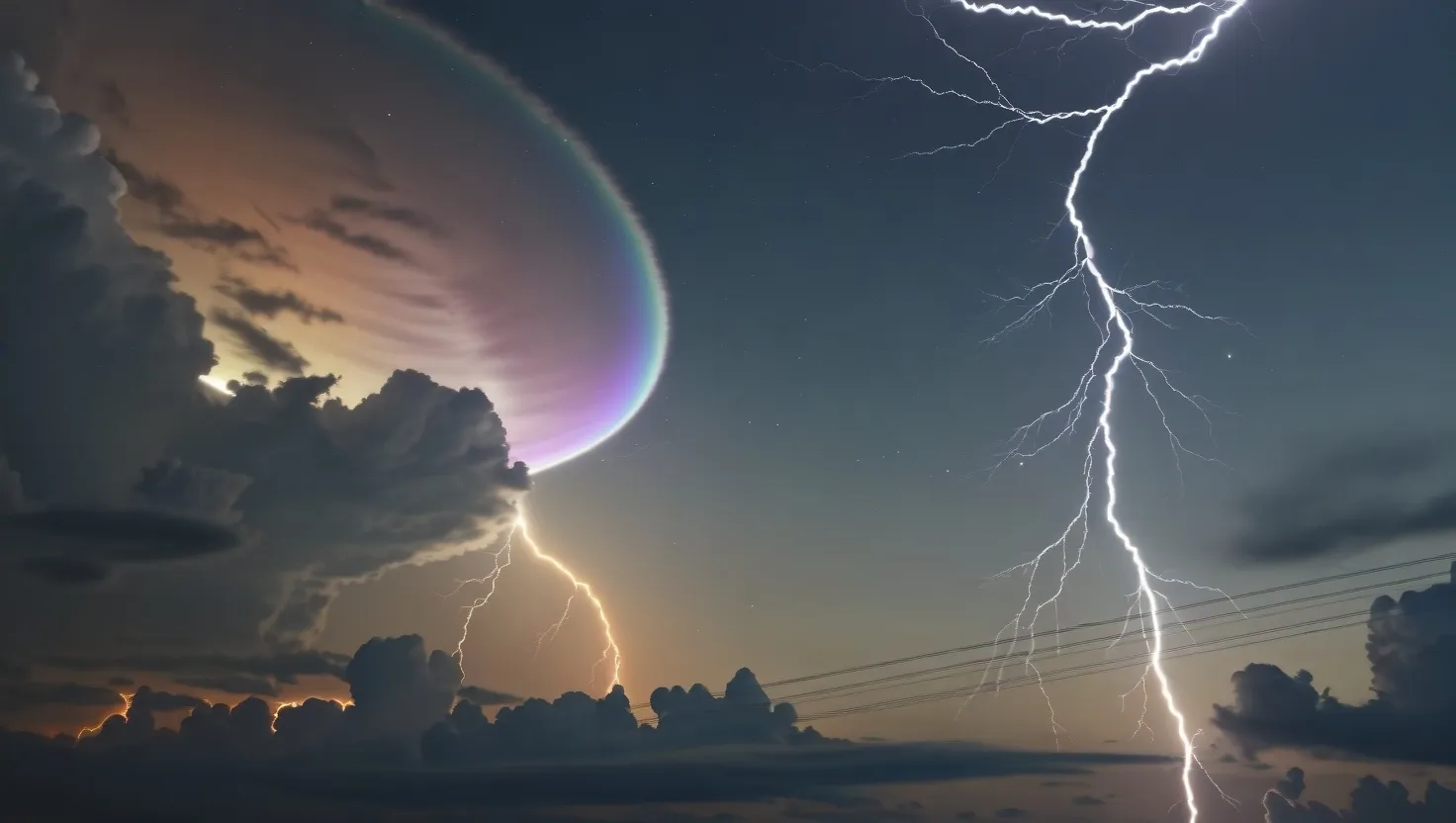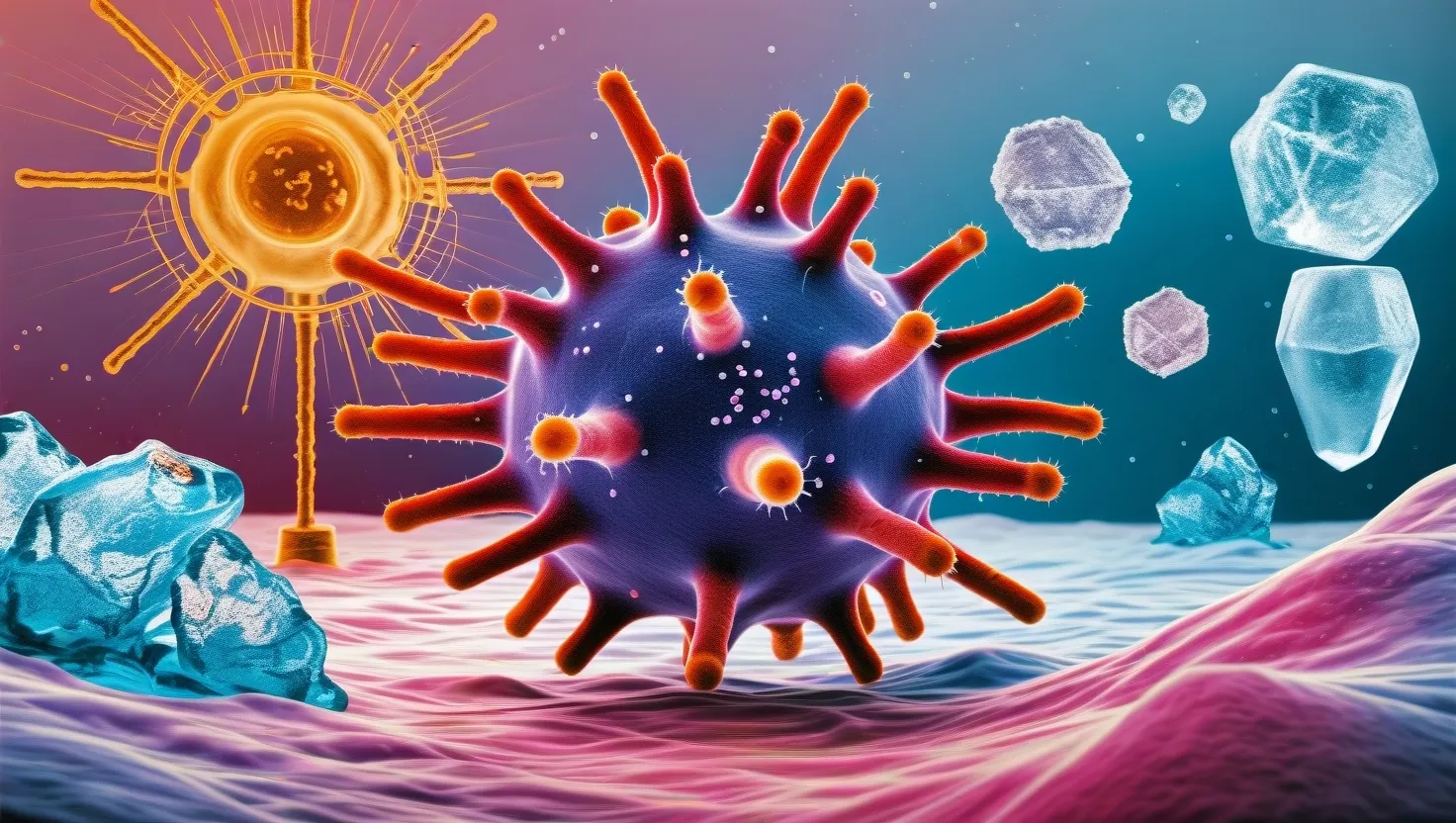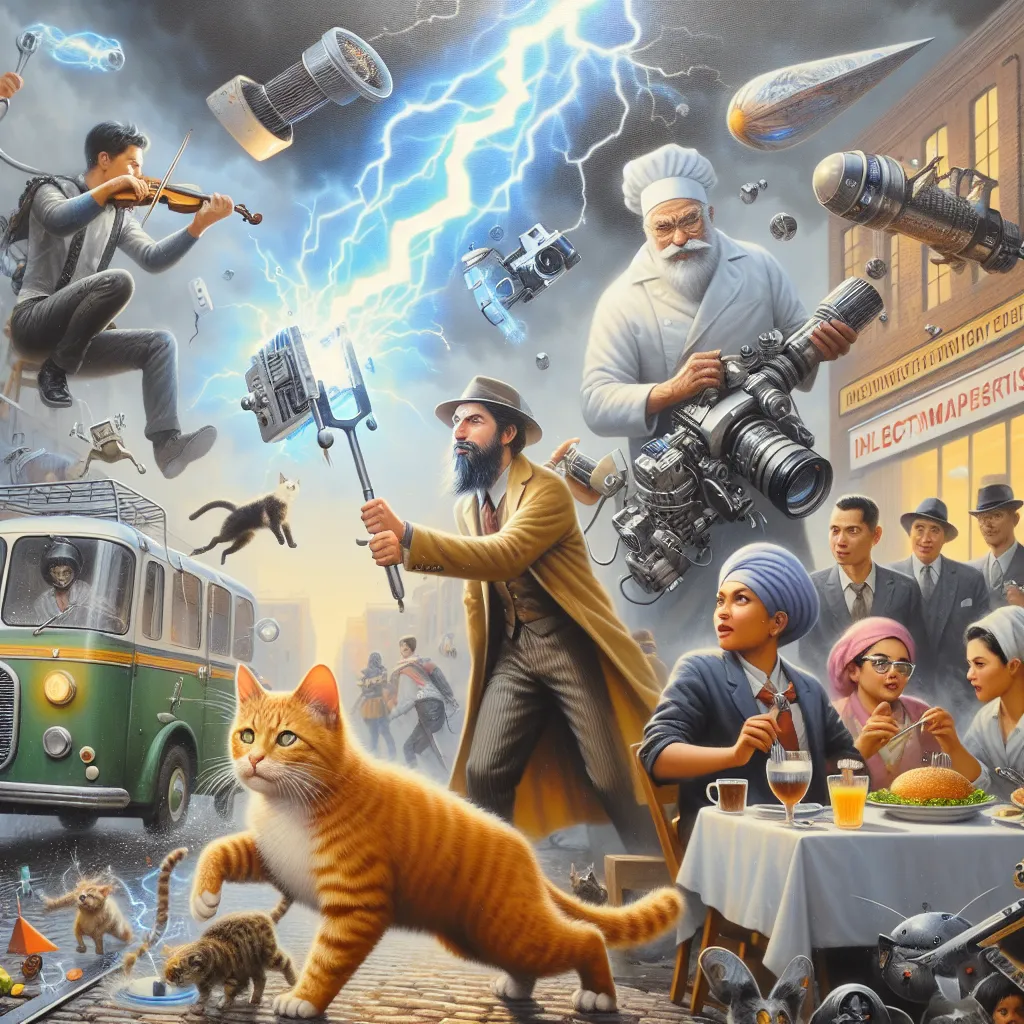Have you ever had that eerie feeling where you think about someone, only to receive a call or text from them moments later? Or perhaps you’ve experienced a deep sense of connection with someone, even when you’re physically miles apart. These phenomena have long fascinated both scientists and those intrigued by the mysteries of the human experience. The idea that our consciousness might be linked by an unseen web of psychic connections is a concept that has been explored in various fields, from psychology and neuroscience to quantum physics and spirituality.
The Collective Consciousness
At the heart of this idea is the concept of collective consciousness. Imagine a vast, interconnected tree where each of us is a leaf, seemingly separate but ultimately part of the same root system. This collective consciousness suggests that we are all fragments of a larger, unified consciousness, experiencing life through the lens of individuality. This perspective posits that our experiences, though unique, are intertwined with those of others, forming a complex web of shared consciousness.
When we consider this collective consciousness, we begin to see that our individual experiences are not isolated events but are instead part of a broader tapestry. For instance, the pain of a child in a distant land or the joy of a stranger’s success can resonate within us, even if we are not directly aware of it. This interconnectedness is not just a metaphor but a fundamental aspect of how our consciousness operates.
Quantum Connections
The realm of quantum physics offers some intriguing insights into this phenomenon. Quantum mechanics suggests that particles can be entangled, meaning that the state of one particle can instantly affect the state of another, regardless of the distance between them. This concept has been extended to the realm of consciousness, where some theories propose that our minds could be similarly entangled.
Imagine walking through your day with a multitude of invisible strings or “tethers” connecting you to other people, places, and even thoughts. These tethers are dynamic and ever-changing, reflecting the constant flux of our relationships and experiences. When we think about someone or feel a strong emotion, it’s as if these tethers vibrate, potentially influencing the other end of the connection in subtle but significant ways.
Neurological Perspectives
From a neurological standpoint, theories like the Global Workspace Theory (GWT) provide a framework for understanding how information is shared across different networks in the brain. GWT suggests that consciousness arises when specific information becomes globally available across various brain networks. While this theory is primarily rooted in human brain function, it hints at the possibility that similar mechanisms could exist on a larger, collective scale.
Jungian Psychology and the Self
Carl Jung’s concept of the Self and the process of individuation also shed light on this interconnectedness. According to Jung, the Self is a central, guiding force in our psyche, encompassing both the conscious and unconscious aspects of our being. Individuation, the process of integrating these opposites, suggests that we are constantly seeking balance and unity within ourselves and with the world around us.
This balance is crucial because our ego, which separates us from others, must learn to collaborate with the deeper, collective aspects of our consciousness. When we achieve this balance, we can experience a sense of unity and connection that transcends individual boundaries.
Personal Experiences and Anecdotal Evidence
Many of us have had personal experiences that suggest a deeper, psychic connection with others. For example, a mother might sense when her child is in danger, even if they are not in the same physical location. These experiences, while anecdotal, are common enough to warrant serious consideration.
The Global Consciousness Project at Princeton University has been studying such phenomena, looking for patterns in global events and human consciousness. Their research indicates that during major global events, such as natural disasters or significant celebrations, there is a measurable shift in collective consciousness, suggesting a shared, psychic connection among people worldwide.
The Role of Meditation and Spiritual Practices
Meditation and other spiritual practices can help us tap into this collective consciousness. By bypassing the ego and connecting with deeper dimensions of our being, we can experience a sense of unity and interconnectedness. Regular meditation can thin the distance between our individual selves and the collective, allowing us to feel more connected to others and to the world around us.
The Spiritual Tug of War
Our collective consciousness is not static; it is dynamic and influenced by our individual and collective actions. Imagine reality as a spiritual tug of war, where the collective consciousness of humanity leans in different directions based on our thoughts, emotions, and actions. If we collectively lean towards fear, hatred, and division, our reality reflects those qualities. Conversely, if we focus on healing, contributing high vibrational energy, and helping one another, we can create a more harmonious and elevated reality.
Implications and Future Directions
The idea that we are all psychically connected raises profound questions about our responsibility towards each other and the world. If our thoughts and emotions can resonate beyond our own minds, influencing others in subtle but significant ways, then we have a greater role to play in shaping our collective reality.
This understanding also challenges us to consider how we can better ourselves as a whole. By recognizing our interconnectedness, we can work towards creating a more compassionate and harmonious world. It’s not just about individual growth but about contributing to the well-being of the collective.
In conclusion, the phenomenon of tethered consciousness is a complex and multifaceted concept that spans various disciplines. Whether through the lens of quantum physics, neurological theories, or spiritual practices, it is clear that our consciousness is not isolated but deeply interconnected. As we continue to explore and understand this web of psychic connections, we may uncover new ways to enhance our individual and collective well-being, ultimately leading to a more unified and harmonious world.






